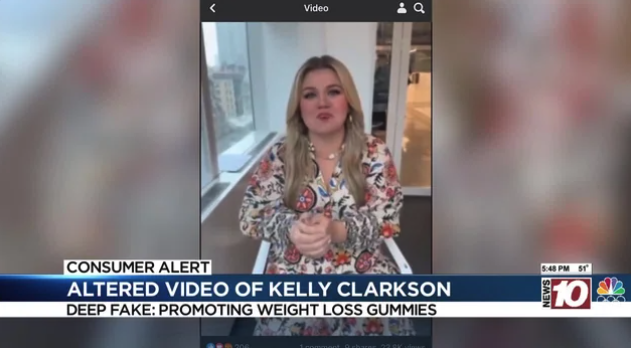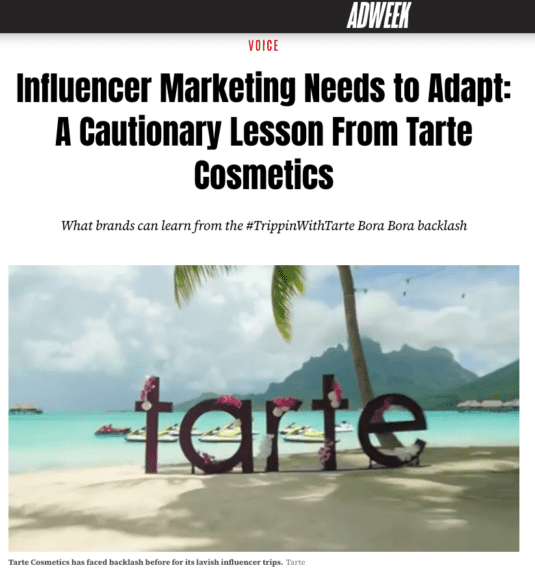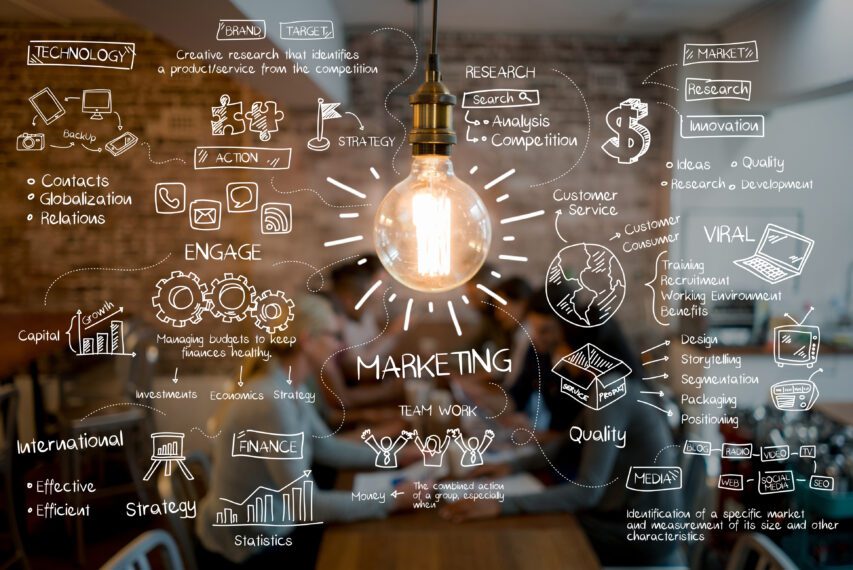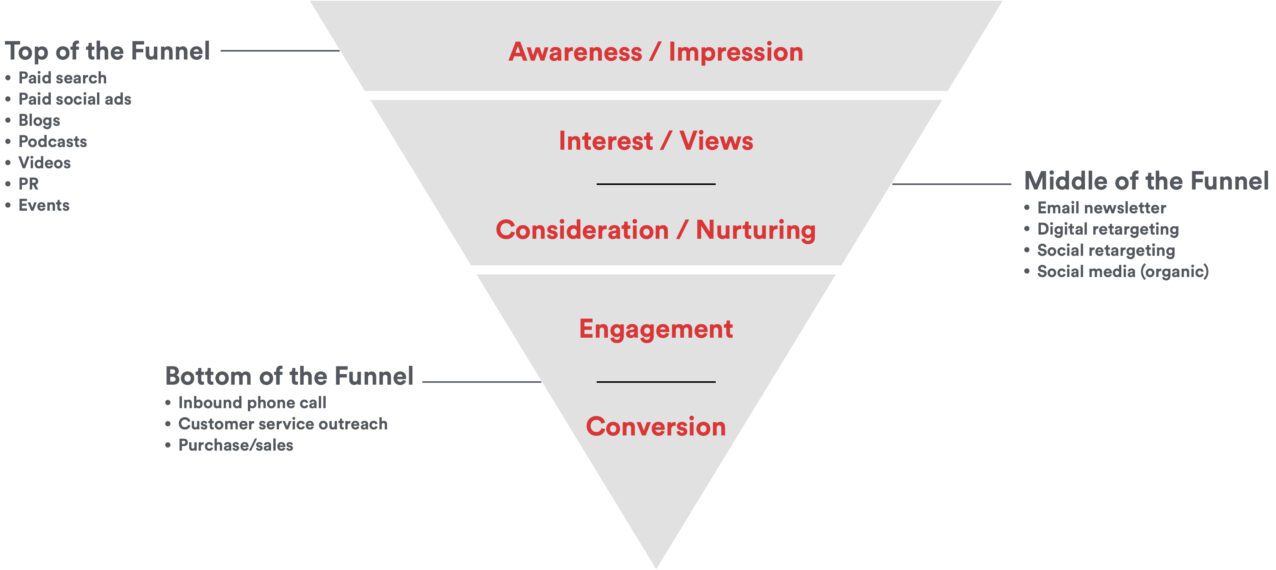
The 25-year mark as an advertising agency owner provides a great opportunity to review our industry and to put things in perspective. When STIR began, our vision was of a company that was strategically driven and based on cross-disciplinary integration with a strong creative product. We wanted to be digitally driven, but we were witnessing the dot-com economic crash of 2000-2002, so we knew we needed to be pragmatic and focus on the use of best practices rather than experimentation. We owe our survival to that vision because it allowed us to be nimble and evolve.
Looking Back to the Year 2000:
- It was predicted that traditional advertising agencies would cease to exist and that digital agencies would buy them all up. (The reverse actually happened.)
- The dot-com bubble was fully inflated and was about to burst. We all saw the potential, and many invested in strange ideas that were not adequately supported by technology. The new websites did not meet pressing needs or have good user experiences.
- The iPhone had not yet been invented. People were using palms, pagers and cellphones. Pockets were full!
- It was still a terrestrial world (i.e. TV, radio, print, newspaper, outdoor)
- Only 6.2 % of advertising spending was digital. And that was at huge companies.
- A CMS was not yet standard for website building. Websites were hardcoded with custom HTML.
- Internet Explorer was the top web browser. Google had just been invented.
- Blogging wasn’t really a thing yet.
- Social media didn’t exist. There were chat rooms, and that’s about it.
- Content development as a marketing device (to facilitate SEO) hadn’t been discovered.
- The advertising industry had not yet standardized methods for monetizing digital advertising.
Prior to 2000, conceptual creativity was the principal means of differentiating brands and agencies. Aside from direct mail, nearly all advertising was awareness-oriented, and key metrics to measure were impressions and perceptions.
My, How Things Have Changed:
While creativity is still important, it has become less of a focus for agencies, while management of digital platforms has become the focus. Media choices and audience fragmentation have increased exponentially, along with opportunities to target audiences narrowly. Today, we have an even greater ability to reach and influence audiences (digital media) and to reach them with engaging and informative messaging. Programmatically, we can customize messaging to meet the needs of individual consumers or customers.
To put it simply, it’s a different industry. In a good way. We marketers are challenged to work harder and be far more accountable to results. The rise of digital marketing has allowed us to measure the effectiveness of our efforts in real time. The business is far less subjective, and so there is a lot less B.S. tossed around.
The consumer is far savvier and better informed than in the past. They conduct research online, and now AI-driven search is packaging insights for them that they otherwise would not have found. AI is also leading much of media targeting and is beginning to manage messaging production/customization.
The net effect, looking forward, is that the consumer is inundated with selling messages each day, and these messages are becoming increasingly more formulaic and programmatic. Companies are doing a better job of selling their products, but a far worse job of selling their brand. To grow business and profit, brands need to refocus on why people should want to do business with them, versus what they have to sell.
This then becomes the continuous role for the messaging communications firm. Because of our heritage at STIR, we instinctively incorporate brand-building messaging into every product campaign.
25 years young and still transforming brands. Find out how.
STIR It UpLessons Learned:
Change is certain, continuous and accelerating. Professionals must learn continuously. This creates opportunity for the ambitious and will root out the lazy. It also keeps your job interesting.
The tools for communicating will change dramatically, and therefore, the format of communication must also evolve. No one should bank their business or career on a fixed form of communication. Everything is temporary, but your effort needs to be continuous.
The roles and relationships of in-house marketing to outsourced agency work are in continual flux. Outsourced influences will continue to be valued, but only at the most sophisticated levels, because machine learning, technology and offshore labor will eliminate the commoditized functions.
The communications agency’s role will be in the development of transformative strategies, messages and concepts that rise above product and price promotion. There is a need to build brand equity, and this will require human intuition. This is not the bastion of the tech worker or the AI program.
What successful brands need is a strategically driven agency that uses cross-disciplinary integration with a strong creative product. Hey! That’s the STIR we envisioned 25 years ago!












